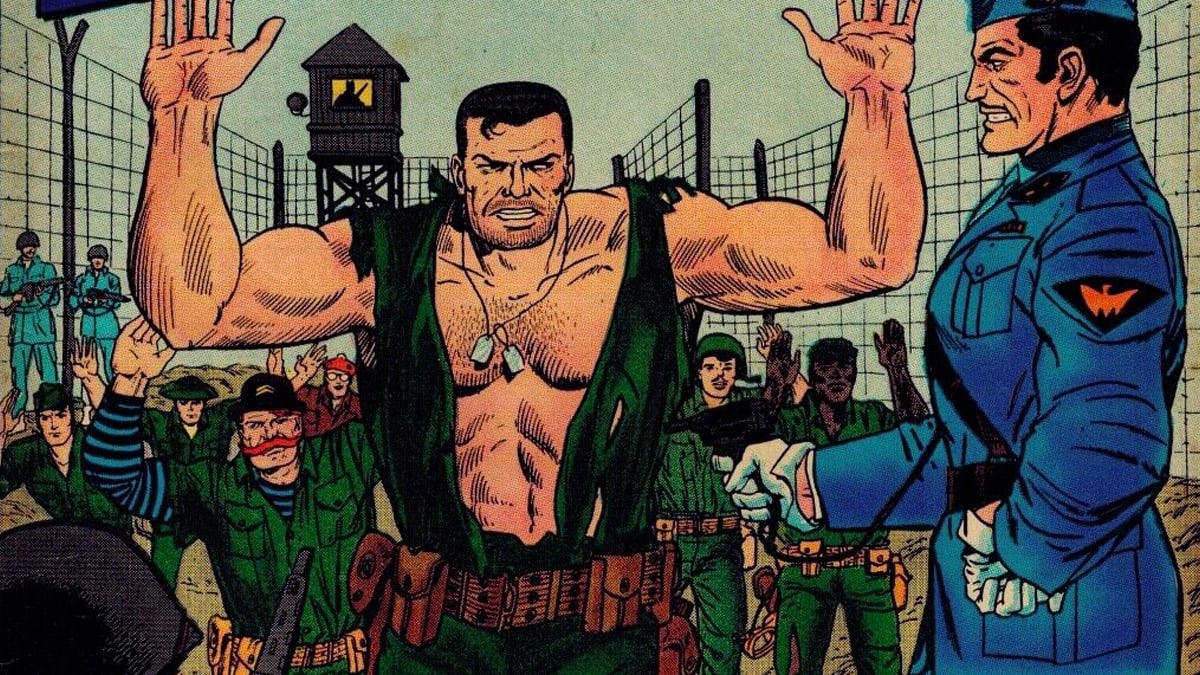In November 2022, Quentin Tarantino joined the likes of Martin Scorsese, Denis Villeneuve, and Ridley Scott in criticizing Hollywood’s biggest-ever franchise. In typically uncompromising style, Tarantino didn’t mince words when he publicly stated he’d never helm one. His comments immediately ignited the Marvel fanbase and studio stars. MCU’s Shang Chi, Simu Liu, openly responded, highlighting the complexities of the debate inspired by Marvel’s movie domination.
Tarantino’s unsolicited complaint is more about being a ‘hired hand’ for either Marvel Studios or DC Studios, unsurprising for one of American cinema’s auteurs. What makes his comments a bit more surprising than Scorsese’s admission that he doesn’t watch superhero films is that Tarantino has always worn his broad cultural knowledge on his sleeve. His movies are dripping with cultural references. He didn’t just kick off Kill Bill Volume 1 with a quote from Star Trek II: The Wrath of Khan but was actively involved with developing a new Star Trek film. He also developed a comic series from his movie Django Unchained, pitting his character against Zorro. With a style that’s as recognizable as it is controversial, a Tarantino-helmed comic book movie is a fascinating idea.
What makes a Tarantino movie?
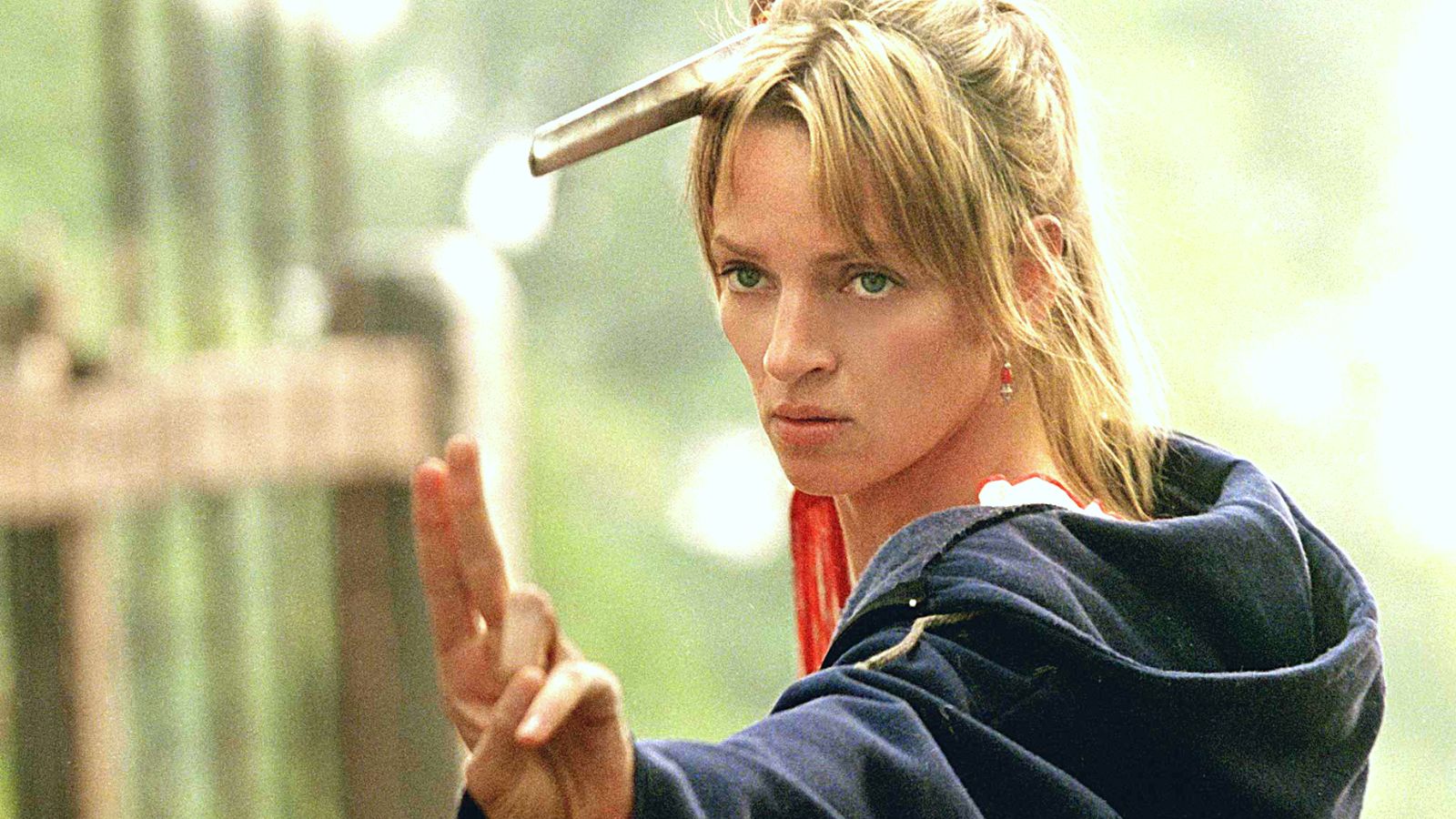
Tarantino makes phenomenal use of the full range of director tools, from trademark wide shots to extreme close-ups and POVs (often from a trunk). There are crash zooms and scenes stitched together with precision transitions. There’s his intricately thought-out sound design, music, and distinctively smart dialogue. There’s also the extreme violence, profanity, and racial slurs that have attracted criticism to all his movies. Tarantino has revitalized the careers of actors as part of his sublime ensembles dragging them through sweary, unexpected, narratively challenging, and darkly comic stories. Many comic books could benefit from being realized on-screen by one of Hollywood’s most outspoken directors. Here are our picks.
Sgt. Fury and his Howling Commandos
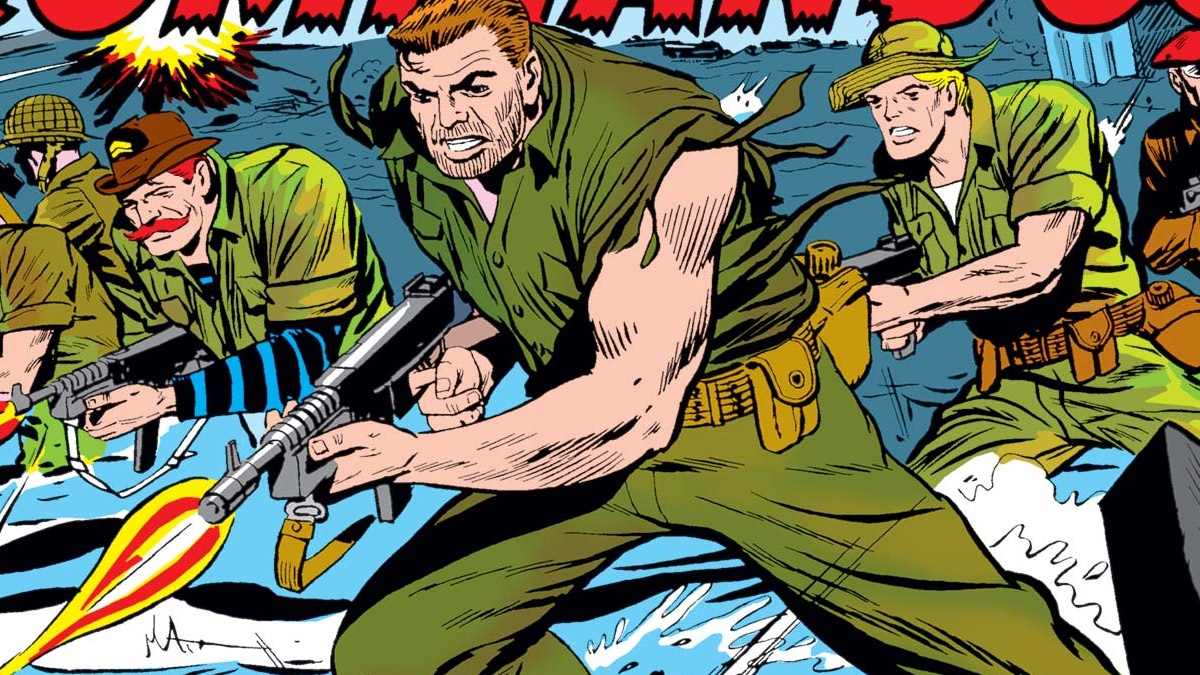
Okay, the good ships Marvel and DC have sailed, but it’s worth considering the properties even Tarantino agrees are a great fit. Promoting his new book Cinema Speculation, Tarantino named the one Marvel WWII comic that could tempt him. Sgt. Fury and His Howling Commandos ran between the 1960s and 1980s, exploring the military missions of Nick Fury and his elite unit. Of course, the chronology was a bit simpler then, and the Howling Commandos have subsequently appeared in the MCU alongside Captain America and Peggy Carter.
Tarantino’s recent movies have been period pieces, and the director named the comic as a significant influence on 2009’s Inglourious Basterds. It’s a particularly compelling proposition given that his regular collaborator Samuel L. Jackson is firmly lodged in the role of Nick Fury. A What If..? feature, anyone?
The Dark Knight Returns
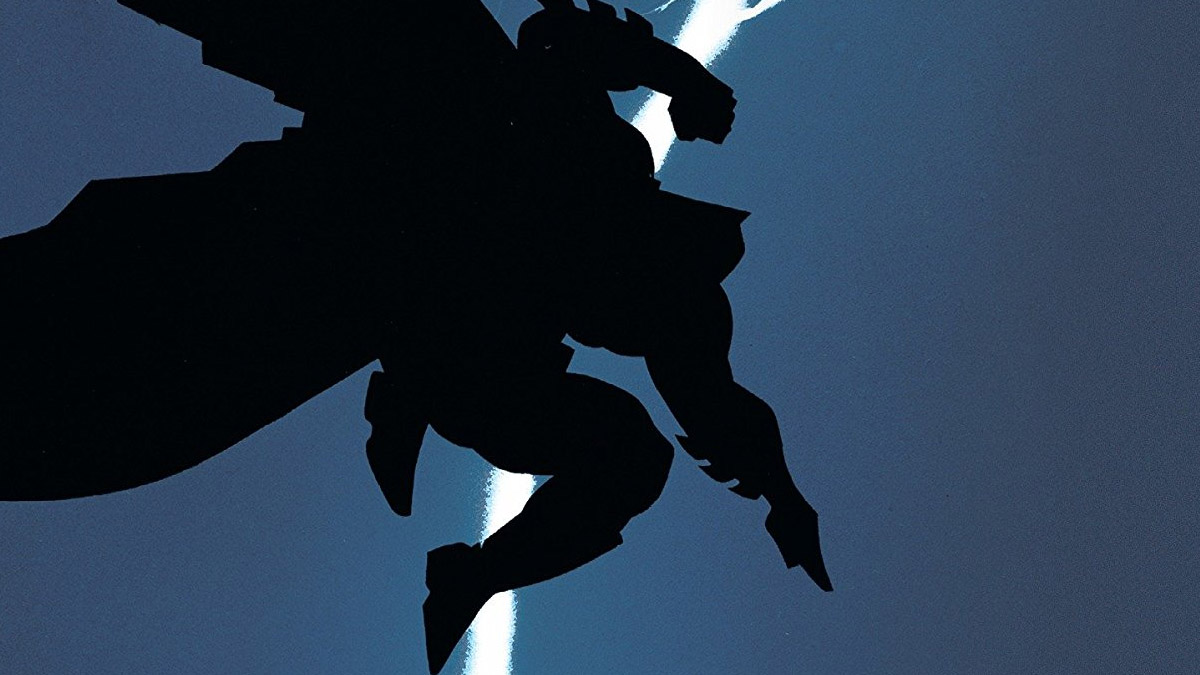
A dream project from the flip side of the Big Two. We’re yet to see what the DC Extended Universe will look like under James Gunn’s creative leadership, but we hope there will be some surprises.
As Matt Reeves charts Batman’s early years, Tarantino could be an excellent fit for the Frank Miller property that takes an aged Batman and the United States into a stylish dystopia. Tarantino’s old friend Robert Rodriguez helmed Miller’s Sin City, so if not Miller’s famous work with the Dark Knight, it would be fascinating to see what he could do with the futuristic, hyper-violent miniseries Hard Boiled.
Cassanova
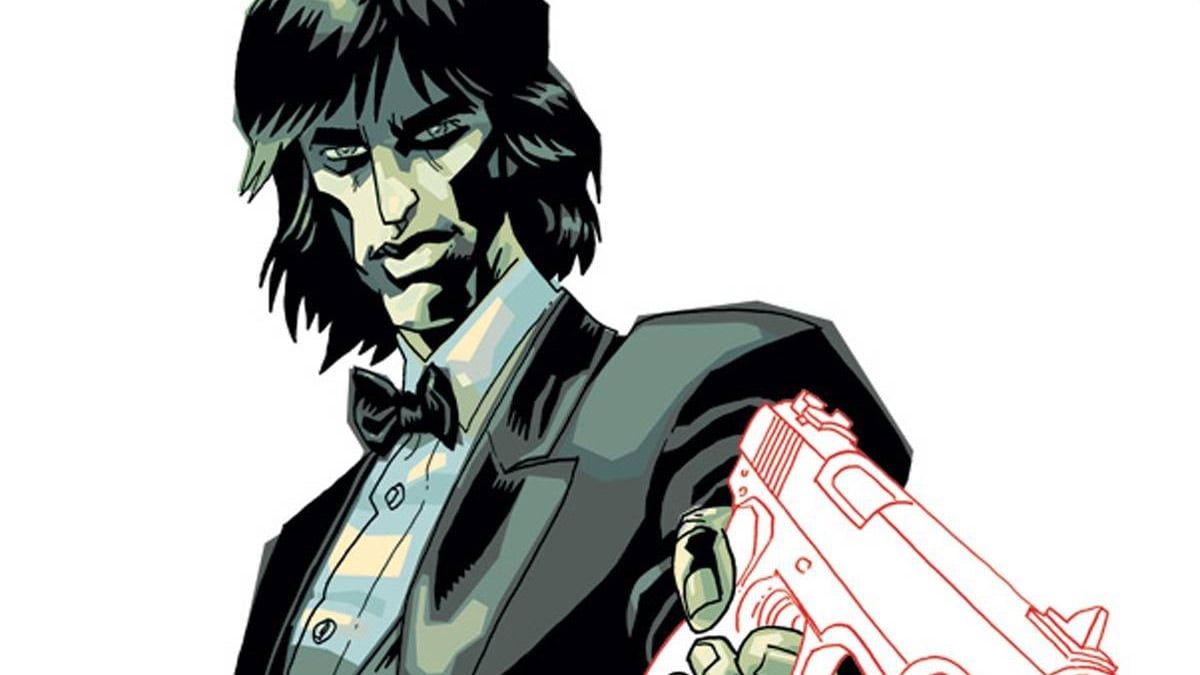
Tarantino and globe-trotting espionage? The parallel-universe-troubling adventures of double-agent Casanova Quinn might be the answer. Writer Matt Fraction and artists Gabriel Bá and Fábio Moon developed the comic that has jumped between Image Comics and Icon Comics since 2006.
Four volumes of the series follow the one-time thief as he’s blackmailed into the spy industry. Each book is named after one of the deadly sins, and Faction is hopeful that he’ll be able to complete the set. Fast-paced and tightly plotted, it could be just the vehicle to return Tarantino to Kill Bill-style leaps through culture.
Criminal
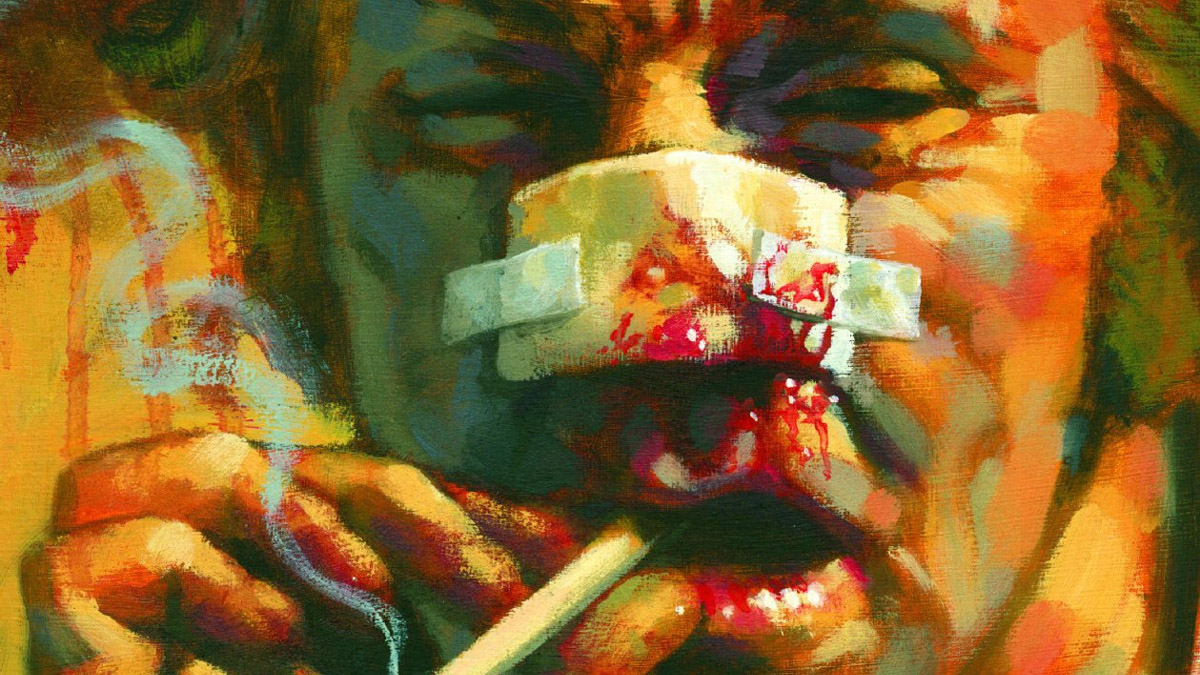
Ed Brubaker has contributed massively to comic book procedurals, including a strong run developing Gotham Central. With illustrator Sean Phillips, he sculpted this anthology series that followed the characters from two families through interlinking arcs in the fictional Central City. Brubaker’s deep world-building is key to the story of generations of criminals branching out from one moment of violence.
When Leo’s father, Tommy, is imprisoned for killing thief Teeg Lawless, he’s raised by Tommy’s pickpocketing partner in the ways of the criminal underworld. Meanwhile, Lawless’ sons take different paths after their arrest, one heading to a juvenile work camp and the other joining the U.S. Armed Forces. There’s a rich legacy for Tarantino to dip into and the chance to return to the portmanteau and timeline-testing movies that made his early career.
Stray Bullets
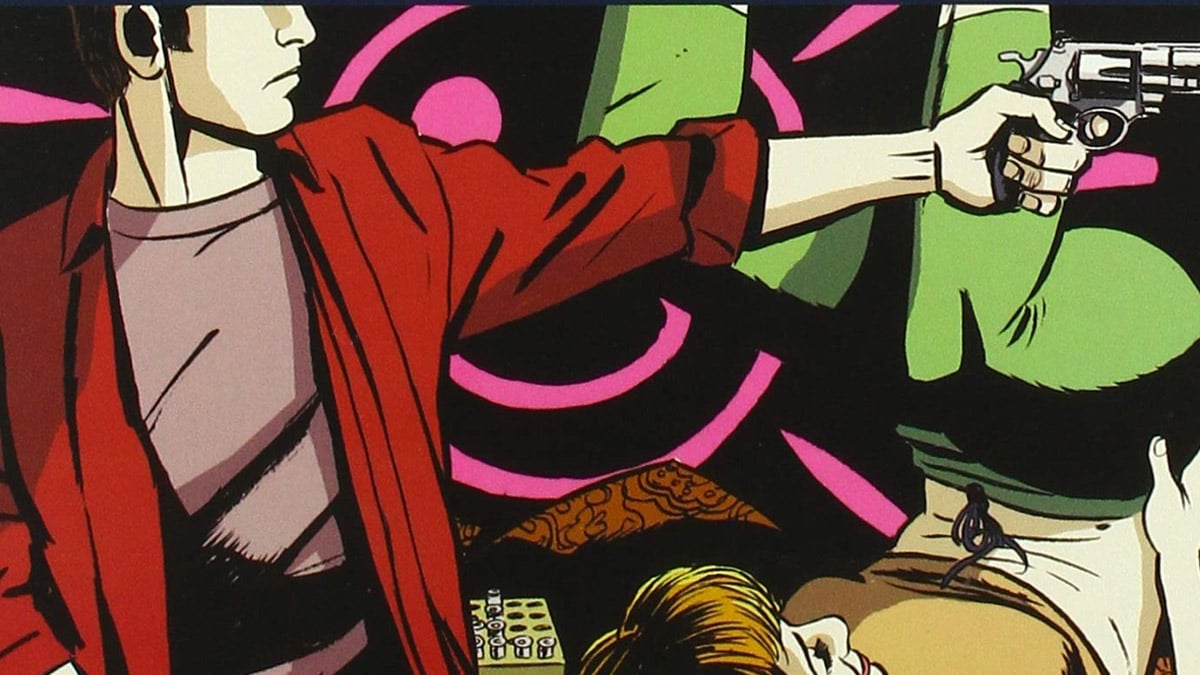
David Lapham’s Stray Bullets has picked up critical acclaim since it began its irregular run in 1995. Covering 20 years from the mid-1970s, its near-100 issues drag a large cast through tragedy and violence. Those stray bullets shatter the lives of its characters, from low-level hoods to innocent kids, before drawing out the imaginative, world-ending, and heart-breaking consequences.
An award-winning comic epic with a loyal fanbase, its blend of biting reality and fantasy is a fascinating foundation for Tarantino to build on.
Fatale
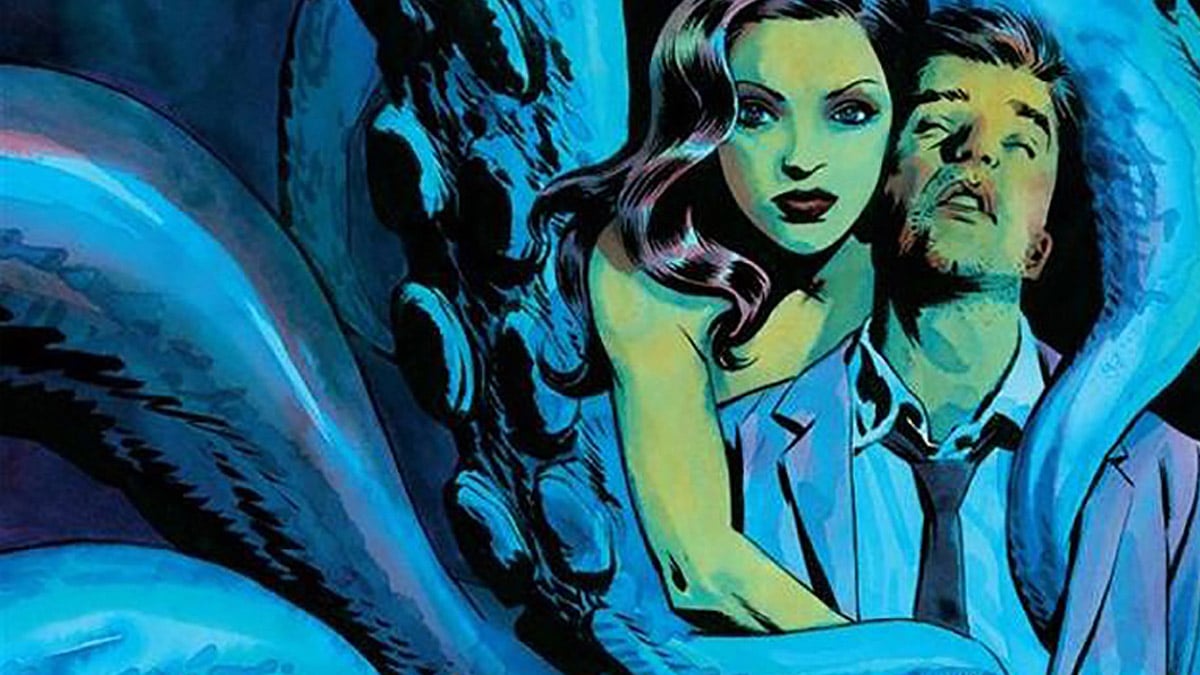
Another Brubaker series, Fatale fused noir with the supernatural during its 24-issue run for Image Comics. It serves up a strong and intriguing female character for Tarantino — the main character Josephine is an archetypal femme fatale, but one who hasn’t aged for nearly 100 years. Her incredible power hypnotizes men into becoming infatuated with her, although it attracts all the wrong kind of attention, including a distinctly Lovecraftian cosmic horror-worshiping cult.
Plenty for QT to wrap his dialogue around, plus a narrative that leaps between different characters, 20-year time jumps between the 1990s and 1930s, and even a few dips further back in time.
Sex Criminals
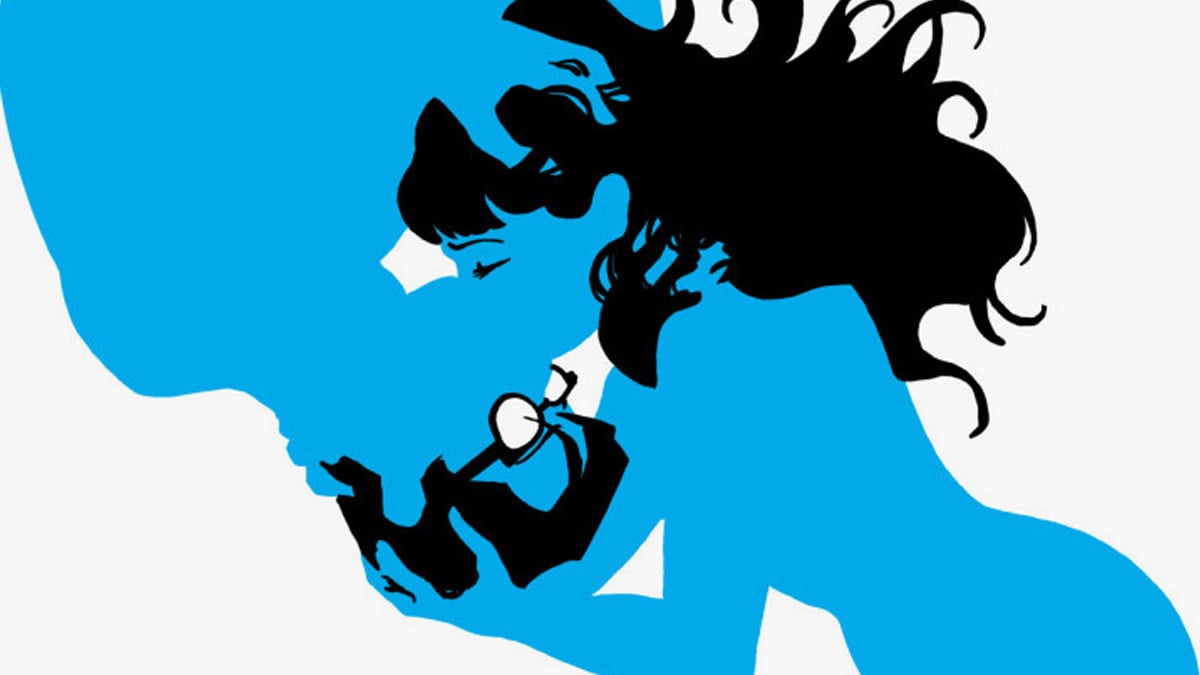
An ingenious, high-concept, mature and controversial one from the writer of Natural Born Killers. Sex Criminals pairs librarian Suzie and actor Jon, who discover they can freeze time when they have sex. The first arc sees them use their power to rob a bank before the story branches out to include their break-ups, make-ups, and inevitable encounters with the Sex Police.
Colorful story arcs include the inspiringly named Three the Hard Way, Fourgy!, and Five-Fingered Discount, which you can imagine as movie chapters. It may sound a little too sensational, but writer Matt Fraction and artist Chip Zdarsky drew on influences as diverse as Bridesmaids and the movies of Billy Wilder. Hopes were high an adaptation would make it to the screen in 2015, but it might be waiting for the right cinematic collaborator.
Stumptown
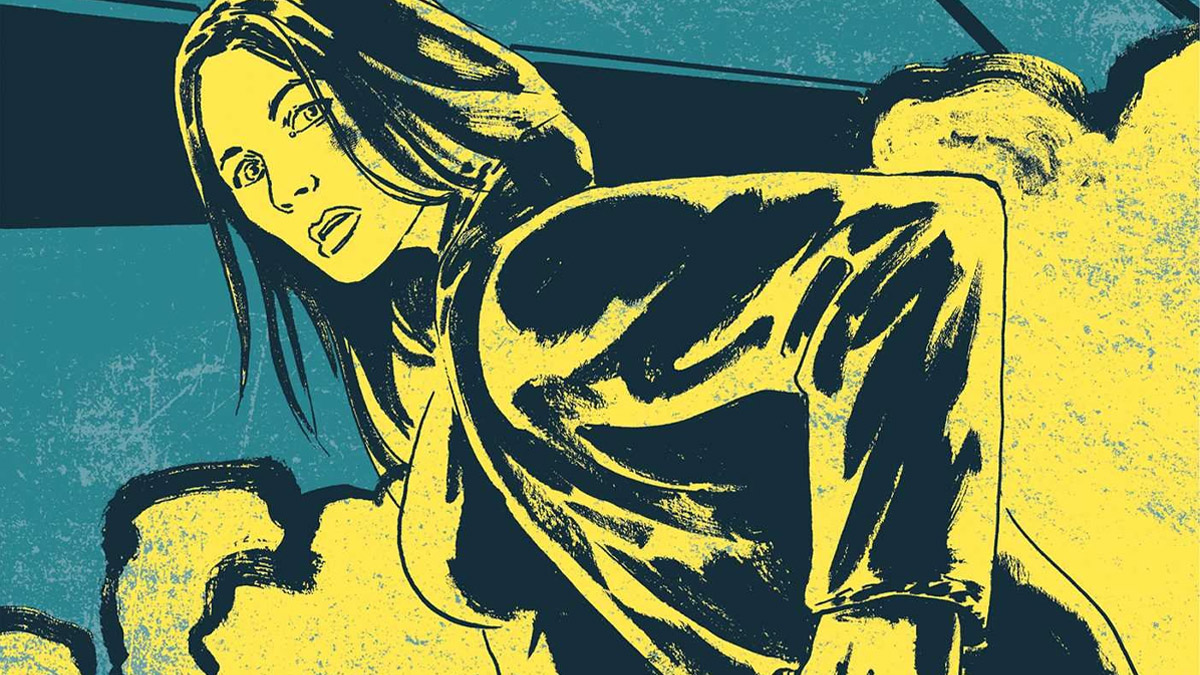
Heavily influenced by the TV shows of his youth, like The Rockford Files and Magnum P.I., creator Greg Rucka ran them through the work of his favorite detective authors like Robert B. Parker and Raymond Chandler to create Dex Parios. Parios is a bisexual female P.I. with PTSD based in Portland, Oregon, who finds a hard way out of her heavy gambling debts when she’s drawn into investigating the kidnapping of a casino owner’s granddaughter.
An ABC adaptation starring Cobie Smulders made it to series before the pandemic ended the story after one season. Parios is a fascinating character with family ties and a vivid backstory, and it would be fascinating to see where Tarantino could take her.
100 Bullets
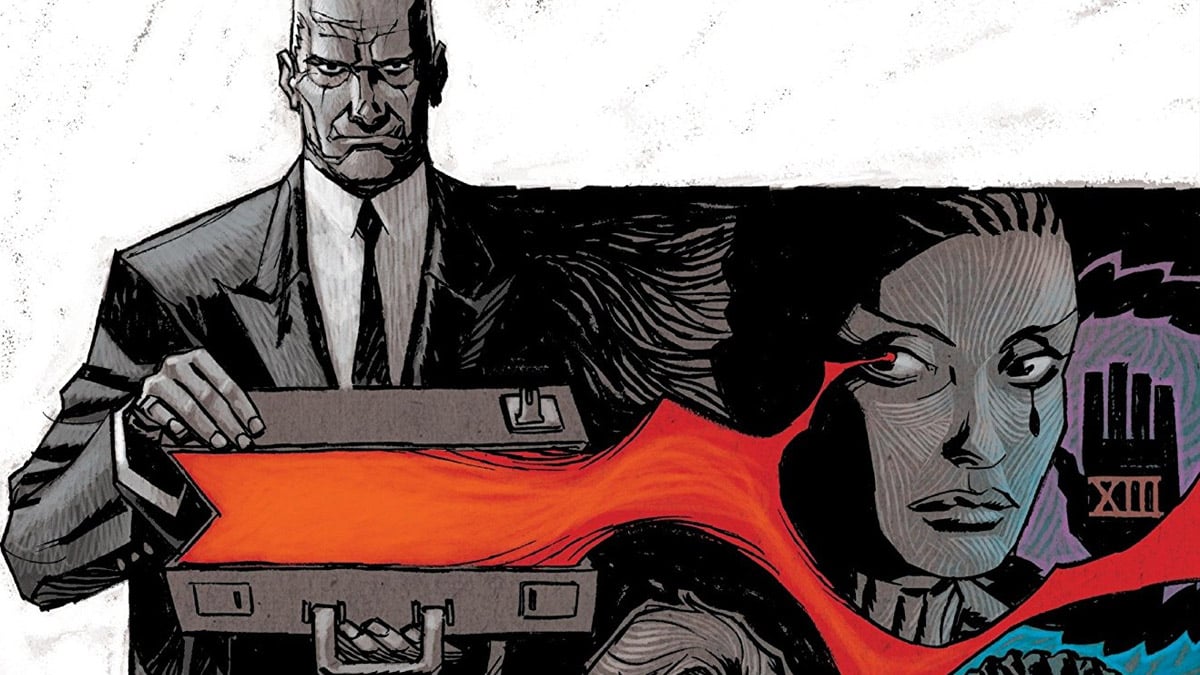
DC Vertigo’s 100 Bullets is regarded as a noir masterpiece: The characters are flawed, and the violence is stylized and graphic. 100 Bullets began with episodic stories in which the mysterious Agent Graves gave characters a chance to avenge terrible injustices by providing the target, the motivation, and a handgun with 100 untraceable bullets. The question was whether they’d take the opportunity.
These curious games often had unexpected results and were soon revealed to be part of the far-reaching grand plan of a mysterious secret organization called The Trust. One standout is Azzaarello’s use of slang and regional accents — perhaps as challenging for Tarantino to adapt to his voice as irresistible.
Scalped
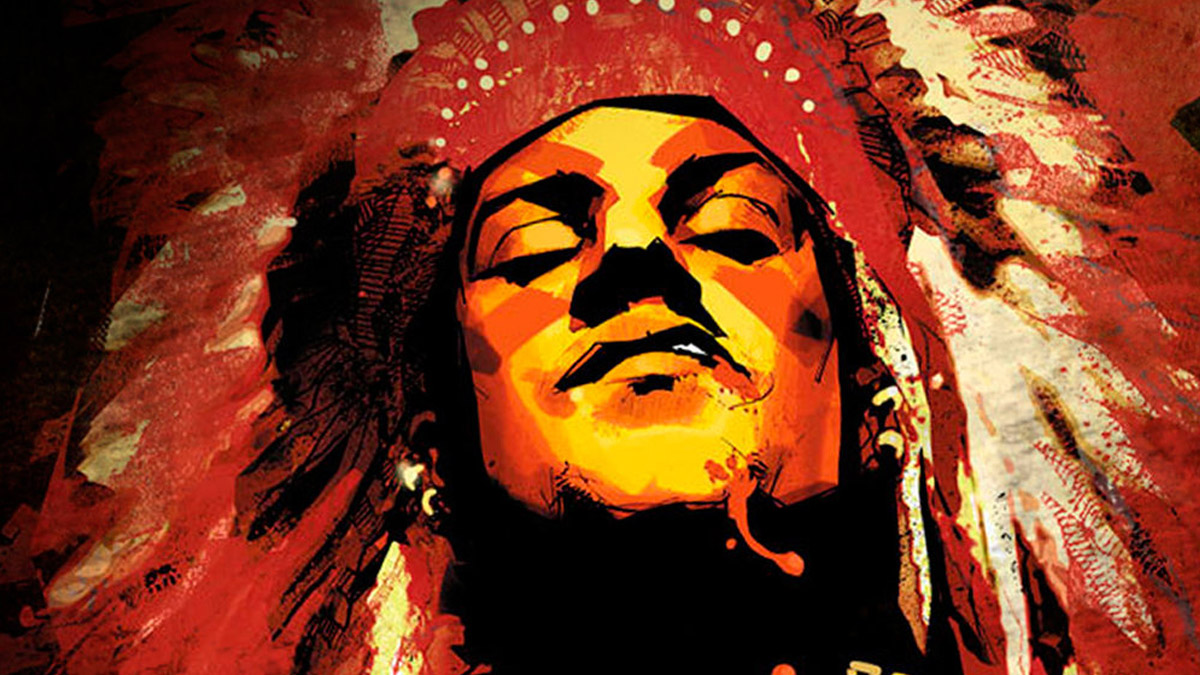
Jason Aaron and R. M. Guéra’s crime western spun out of attempts to revitalize the 1970s DC character Scalphunter, but the result was quite different. Inspired by the real-life arrest of Native American activist Leonard Peltier in 1975, Scalped was a deep dive into the Oglala Lakota inhabitants of the prairie Rose Reservation in South Dakota.
It follows their attempts to preserve their cultural identity against a background of poverty, crime, and addiction as Dashiell Bad Horse returns after 15 years away, during which he joined the U.S. military and the FBI. Crime and western are the genres Tarantino has returned to most. In Scalped, he can contend with a comic renowned for sucker-punching its readership, delivering real emotion and social commentary.

